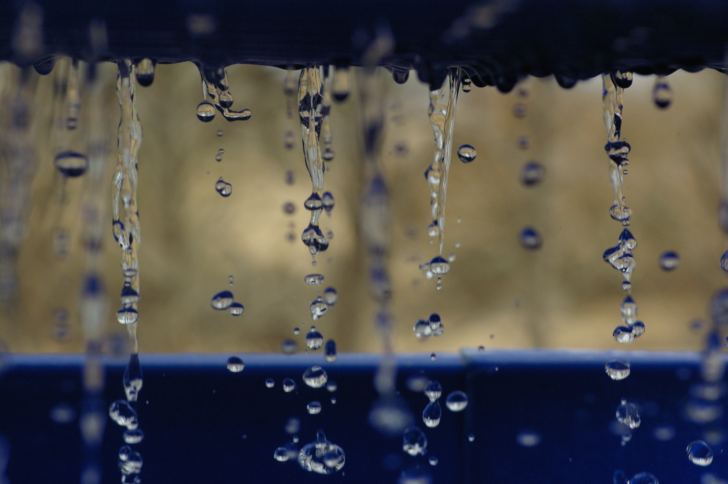This filter made of graphene can turn salt water to drinking water

A sieve from England causes a sensation: It uses a graphene oxide membrane to convert salt into drinking water. Without much effort. With a little luck, it is the miracle invention that saves humanity from water shortages.
By 2025, 14% of the world's population will suffer from water scarcity, the UN estimates - that will be over a billion people by that time. Scientists at the University of Manchester say that this must not happen.
Their proposed solution: a wafer-thin sieve that converts salt water from the sea into drinking water. That would be a great invention and very effective, after all, 70% of the earth is covered by seas.
Graphene-oxide at the heart
In 2010, Russian scientists were awarded the Nobel Prize for the discovery of graphene - a modification of carbon in which each atom is surrounded by three others at an angle of 120°, creating a honeycomb pattern. In theory, this two-dimensional structure is an ideal filter. But membranes could hardly be produced so far. So far.
In the laboratory, researchers have created a chemical derivative called graphene oxide by oxidation, which can be applied to a substrate like an ink, creating a thin membrane. The holes in the membrane are no larger than one nanometer - they are therefore a million times smaller than one millimeter.
The result: water penetrates the membrane. Salt does not. "This is the first time that we have been able to control the size of the pores in the membrane and thus desalinate water," Professor Rahul Nair told the BBC. Nair and his team have just published the study in the journal "Nature Nanotechnology". "The realization of scalable membranes with uniform pore sizes down to the atomic scale is an important step forward and opens up new possibilities to improve the efficiency of the desalination technology".
Remaining questions – how long does the filter withstand saltwater?
The filter is not yet on the market. First of all, the researchers in the laboratory still have to overcome a few hurdles. For example, it is still unclear how long the membrane can withstand constant contact with seawater. It is also unclear whether the material is not far too expensive to produce screens on an industrial scale.
However, the scientists have already solved another problem: the fact that graphene oxide swells in contact with water. They have placed wafer-thin walls of epoxy resin on both sides of the membrane to prevent swelling. Next, they plan to experiment with combining the membrane with commercially available substances.
Meanwhile, graphene also impresses with other properties. As a lubricant, graphene could ensure that car engines and machines will run almost without friction and last forever in the future. As a foam, graphene is as light as a feather, but many times stronger than steel. And finally, it could also be the ultimate flame retardant with a positive environmental balance.
Source (German only): https://www.ingenieur.de/technik/forschung/dieses-sieb-graphen-filtert-salzwasser-zu-trinkwasser/